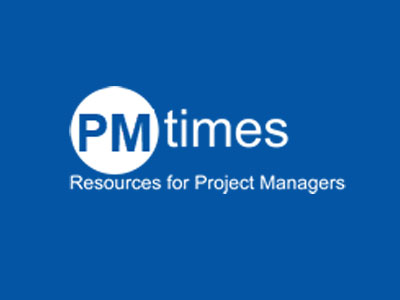Published in “Project Times” website, March, 2010
Click here for original article.
In my experience, most organizations discuss risk but rarely implement a plan that would mitigate real risks. Why? I think it’s because everyone knows risk should be considered but few are clear on how to be successful in minimizing risk and understanding whether it should be considered a priority for an event that might not occur. On the other hand, ask the companies dependant on supplies from the Hurricane Katrina zone or those dependant on the L.A. ports a few years ago. I bet they had a sudden appreciation for thinking about risk.
I’ve found that the optimal approach is to focus some energy on evaluating risk and then implement a common sense approach to managing risk. Sounds good but how do you do that? Here are a few keys to success.
Identify What Might Go Wrong:
As obvious as it sounds, it rarely occurs in project planning. Yet it is vital to spend a few minutes and think about what has the potential to go wrong. What is the probability this task will fail? Does it matter?
Oddly, in the cases where companies manage risk, they seem to go overboard in the other direction. They run into analysis paralysis on risk identification without regard for the probability and impact. For example, in the Hurricane Katrina example, if your top three supplier was located in a potential hurricane zone, it would have been critical to have a backup plan in place. Yet, if it was a small, secondary supplier, why would it matter? Yes, it could cause a disruption to operations; however, the impact would be too small to justify addressing.
Remember your priorities – what has the potential to significantly affect your project or organization matters.
Determine Potential Reasons:
Once you’ve identified what could derail your project and have determined that it is important, think about what could be the likely causes. For example, following the Hurricane Katrina example, the issue is not receiving critical materials/ supplies. In this case, the cause is obvious – a hurricane.
However, depending on the situation, there could be many causes of a disruption in supplies. For example, it could be due to a political event, a bankruptcy of the supplier, a transportation meltdown that has nothing to do with the supplier (perhaps the truck was on its way from Mexico and got stopped by thieves or stuck at the border), etc. Just as in the first step, think about the most likely and important causes. Those are the ones you want to include in your plans.
Implement Steps to Mitigate the Risk:
Don’t be one of the analysis paralysis companies who do an outstanding job of identifying everything that could potentially go wrong but do very little to address it. You’ll be significantly better off in implementing one or two actions to mitigate the most serious risks than you’ll be in identifying 1000 potential risks and implementing nothing of value. Sound obvious? Absolutely – so why do we often get hung up prior to implementing the action? For those of us that live in an earthquake zone, do you have a survival backpack to get through at least three days?
Now is the time to implement preventative actions and contingent actions. First, preventative actions are the most beneficial if not cost prohibitive as it’s better to avoid the risk than to have to address it once it occurs. For example, if you are concerned about getting hung up at the border or ports, get the appropriate certifications that expedite the process. From a manufacturing perspective, provide safety training – minimize the risk of the accident from the start.
However, it is also wise to address contingent actions as well. For the Hurricane Katrina example, ensure you have a backup supplier in another region that can pick up your volume. Or, in the case of the safety example, if a fire breaks out from an unsafe act, you’ll have water sprinklers standing by.
Although risk is often overlooked, it has proven to be important. Since we are now in a world economy, there are substantially more risks than there were in the past. Therefore, why not implement a common sense approach to ensure you are prepared for the most likely risks.



